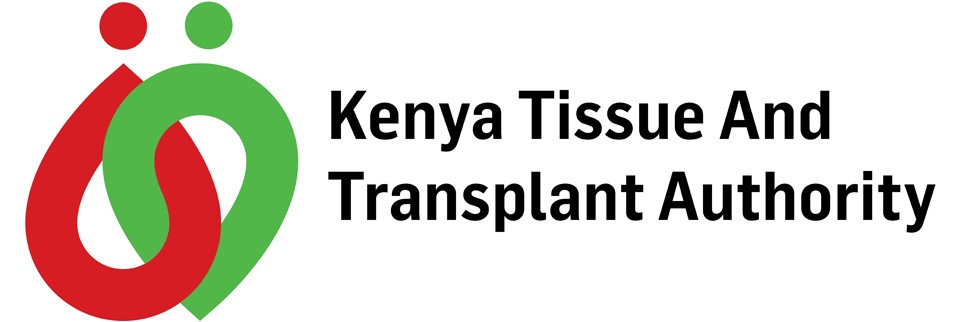History of Blood Transfusion
First successful human blood transfusion was done in 1818 by Dr. James Blundell to treat postpartum haemorrhage, later in 1900 Karl Landsteiner discovered the ABO blood group system.
Approximately A total of 36 human blood group systems exists with 346 antigens which are now recognized by the International Society of Blood Transfusion. The two most important blood group systems are ABO and the Rhesus (Rh) blood group systems which are used to determine someone’s blood group which may be A, B, AB and O, with +, − . Rhesus positive individuals i.e. A+ ,B+, AB+ and O+ poses Rh antigen on the surface of their cells while Rhesus negative individuals i.e. A-, B-, AB- and O- do not pose Rh antigen on the surface of their cells. The presence or absence of rhesus antigen does not mean presence or absence of a disease pathogen or infection.
For safety in blood transfusion, patients receiving blood must have their blood groups matched with compatible blood group from blood donors as illustrated in the table below.
| Blood Type | Donate Blood To | Receive Blood From |
| A+ | A+ AB+ | A+ A-O+ O- |
| O+ | O+ A+ B+ AB+ | O+ O- |
| B+ | B+ AB+ | B+ B- O+ O- |
| AB+ | AB+ | Everyone |
| A- | A+ A- AB+ AB- | A- O- |
| O- | Everyone | O- |
| B- | B+ B- AB+ AB- | B- O- |
| AB- | AB+ AB- | AB- A- B- O- |

